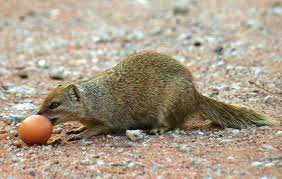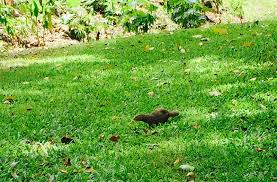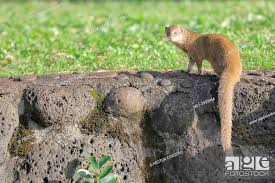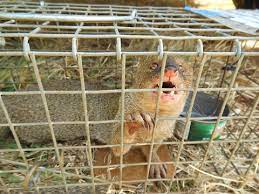
Why did the mongoose cross the street?
That’s a mongoose.
Those are mongoose.
Today mongoose in Hawaii are considered invasive.
Here’s a little history about those sneaky buggers!

To steal the chicken that crossed the streets’ egg!
The Small Indian Mongoose (Herpestes javanicus), a native of Asia, were introduced to the Hawaiian islands in the late 1800s to control the rat population in sugarcane fields. However, they did not prove to be effective in controlling rats and instead, they became a nuisance themselves, preying on ground-nesting birds, small mammals, and reptiles.

Mongoose are found on several of the Hawaiian islands, including Maui, Oahu, and Kauai. They are not native to Hawaii, and their introduction has had a significant impact on the islands’ ecosystems. Mongoose are known to prey on native bird species, such as the endangered Hawaiian goose, as well as on other native wildlife.

Efforts have been made to control mongoose populations in Hawaii, including the use of traps and the introduction of biological control methods, such as the mongoose fly. The Hawaii Department of Agriculture also has strict regulations on the importation and ownership of mongoose to prevent the further spread of this invasive species.

After all these years, mongoose continue to be a significant threat to Hawaii’s native wildlife and ecosystem. It’s clear that ongoing efforts are needed to control their populations and protect Hawaii’s unique biodiversity.

TIP: Mongoose often dart out in front of cars on the roads and highways of Maui. It’s ok to avoid them, for sure, but never cause and auto accident by dangerously maneuvering around a mongoose.
